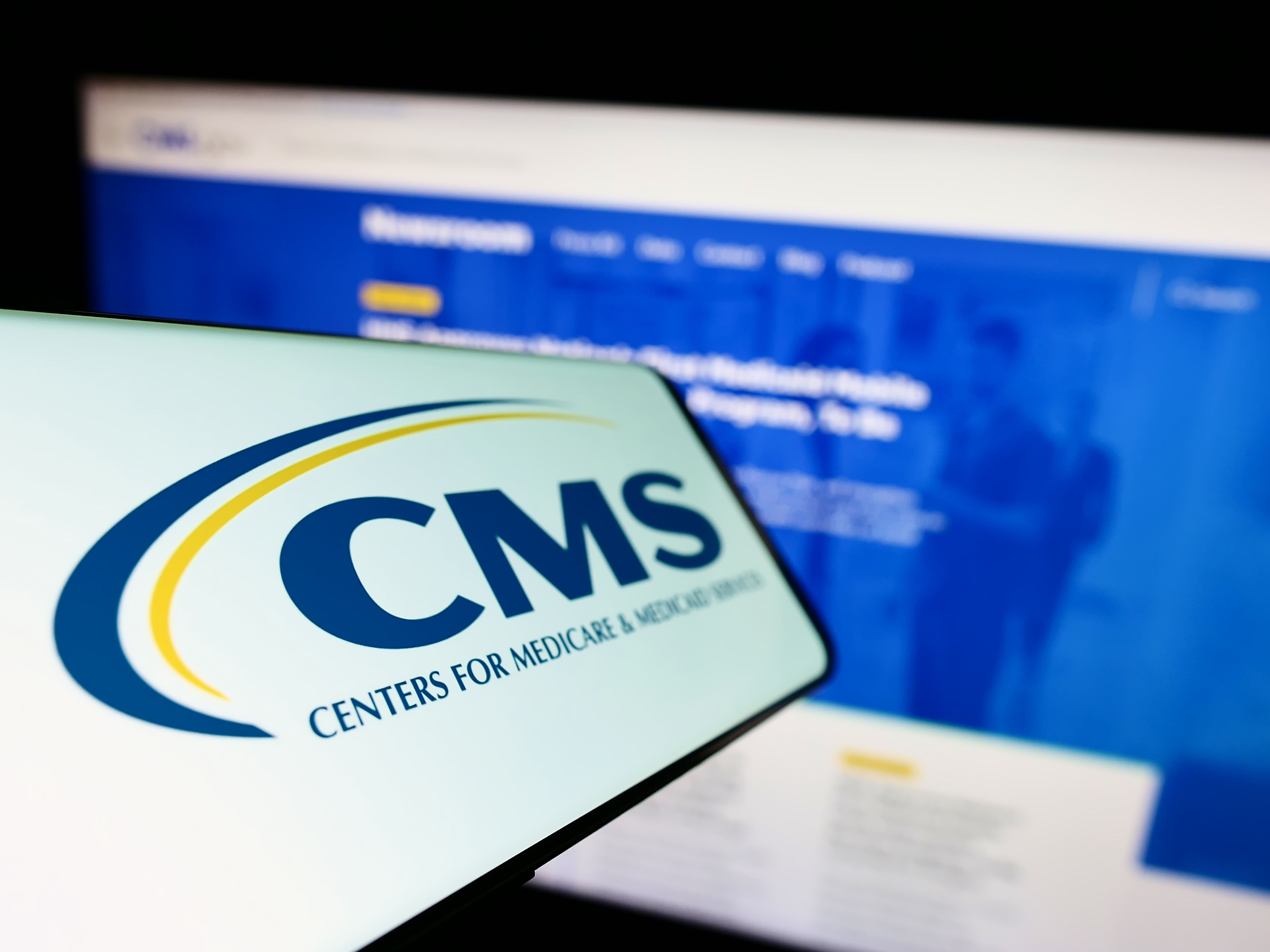Article
Simple tips to rein in rising consumer collection costs
Author(s):
How to optimize the revenue cycle with comprehensive patient communication strategies
Physicians should rethink their collections processes as shrinking margins and rising patient collections are placing greater demands on existing revenue cycle resources. One key area of opportunity is to ensure the right strategies are in place to capture patient payments efficiently. With a growing balance of accounts receivable due from consumers because of high-deductible plans, coupled with high costs to collect from them, physicians need to focus improvement efforts in this area.
The question is: How do you improve patient collections and drive down the cost while still making sure patients feel cared for and satisfied? The answer is to adopt a communication strategy tailored to patients’ needs.
Control the conversation
To explain why patient-focused communication is so critical to controlling costs, consider some of the math involved in patient collections.
On average, a practice mails patients three statements before they pay their bills. (That may include a “courtesy” statement some practices send simply to show the patient the total amount submitted to insurance.) The cost to print and mail one statement typically runs about 70 cents to $1, so providers generally spend about $2.10-$3.00 just on statements for each patient balance.
That means providers incur a 2% cost-to-collect right out of the gate, assuming an average payment of $165. Add to that cost another 3% to 4% processing fee for patients who pay by credit card; lockbox costs for mailed payments; 6% to 8% charged by early-out collections companies and even higher percentages charged by late-stage collections agencies.
With expenses quickly rising to 15% or more, it’s easy to see why providers need a convenient, patient-friendly billing approach that can drive costs down and not threaten patient satisfaction.
Providers can accomplish this with comprehensive patient communications that start with better point-of-service collections workflows and extend to more proactive in-house digital collections.
Securing balances prior to or at the point of service is a crucial first step. Yet many encounters require post-service billing after insurance, hence digital collections tools need to keep providers engaged with their patients in much the same way as early-out collection agencies-but without the outsourcing cost. Another big benefit of using digital collections tools is that providers maintain control over all their patient communications.
A variety of digital options exist, including text messaging, push notifications and email. Advances in machine-based learning also allow providers to begin to personalize the patient financial experience. For instance, some patients may prefer to receive one paper copy of a bill, then an email follow-up then a text. Others may pay immediately upon receiving the first bill via email. As providers learn what motivates and triggers the right behavior in each patient, the cost to collect decreases and the patient experience improves.
Stronger practices, happier patients
There is no turning back: Patient payments will remain an essential component of the revenue cycle. That makes cost-efficient, patient-friendly collections a key element of providers’ financial success.
Strong industry partners can help practices to understand their patient collection costs and develop beneficial patient communication strategies. Working together, practices can reduce collection costs and enhance the patient experience.





